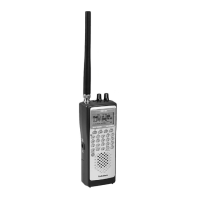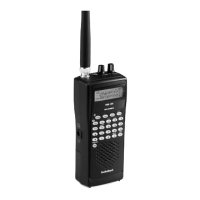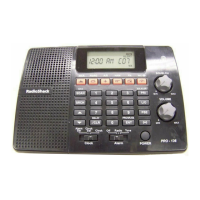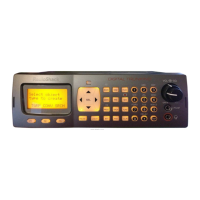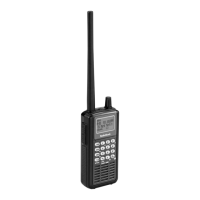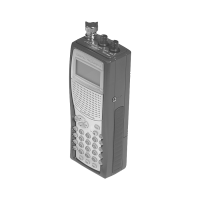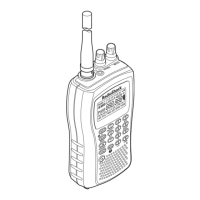Scanning Legally
Your scanner covers frequencies used by
many different groups including police and re
departments, ambulance services, government
agencies, private companies, amateur radio
services, military operations, pager services,
and wireline (telephone and telegraph) service
providers. It is legal to listen to almost every
transmission your scanner can receive.
However, there are some transmissions you
should never intentionally listen to. These
include:
• telephone conversations (cellular, cordless,
or other private means of telephone signal
transmission)
• pager transmissions
• any scrambled or encrypted transmissions
According to the Electronic Communications
Privacy Act (ECPA), as amended, you are
subject to nes and possible imprisonment
for intentionally listening to, using, or
divulging the contents of such a transmission
unless you have the consent of a party to
the communication (unless such activity is
otherwise illegal).
This scanner is designed to prevent reception of
illegal transmissions, in compliance with the law
which requires that scanners be manufactured
in such a way as to not be easily modiable to
pick up those transmissions. Do not open your
scanner’s case to make any modications that
could allow it to pick up transmissions that it is
not legal to listen to. Doing so could subject you
to legal penalties.
In some areas, mobile use of this scanner is
unlawful or requires a permit. Check the laws
in your area. It is also illegal in many areas to
interfere with the duties of public safety ofcials
by traveling to the scene of an incident without
authorization.
We encourage responsible, legal scanner use.
FCC Notice
This equipment has been tested and found to
comply with the limits for a scanning receiver,
pursuant to Part 15 of the FCC Rules. These
limits are designed to provide reasonable
protection against harmful interference in
a residential installation. This equipment
generates, uses and can radiate radio frequency
energy and, if not installed and used in
accordance with the instructions, may cause
harmful interference to radio communications.
However, there is no guarantee that interference
will not occur in a particular installation. If this
equipment does cause harmful interference
to radio or television reception, which can be
determined by turning the equipment off and
on, the user is encouraged to try to correct the
interference by one or more of the following
measures:
• Reorient or relocate the receiving antenna.
• Increase the separation between the
equipment and receiver.
• Connect the equipment into an outlet on a
circuit different from that to which the receiver
is connected.
This device complies with Part 15 of the FCC
Rules. Operation is subject to the following two
conditions:
1. This device may not cause harmful
interference.
2. This device must accept any interference
received, including interference that may cause
undesired operation.
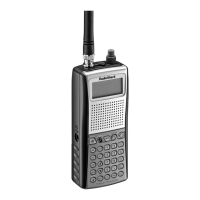
